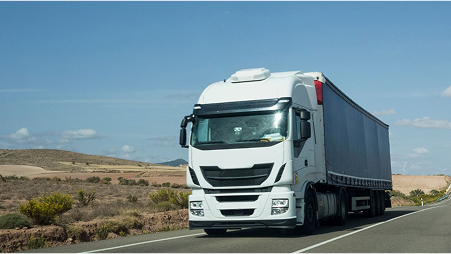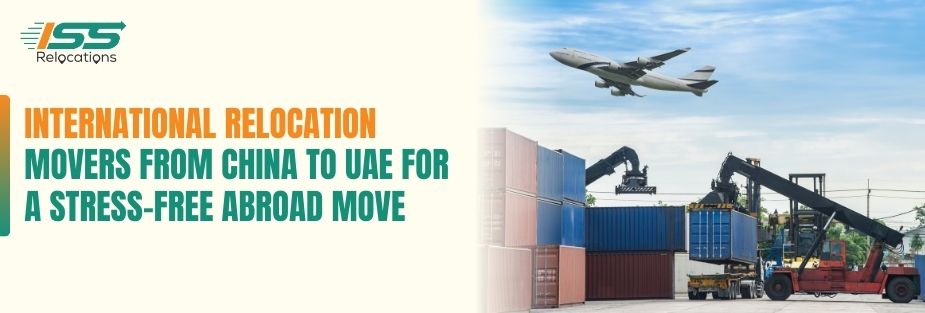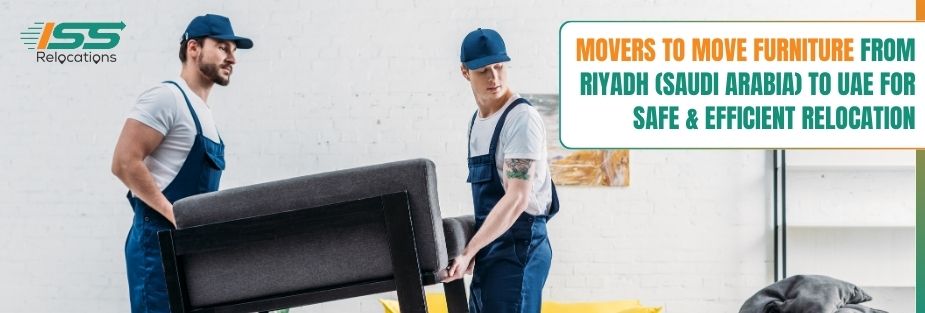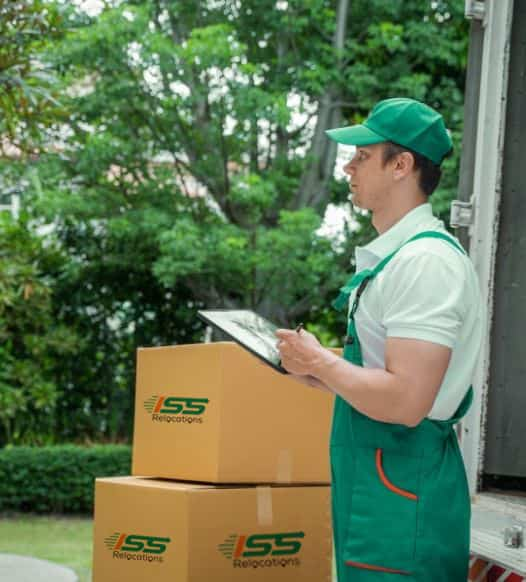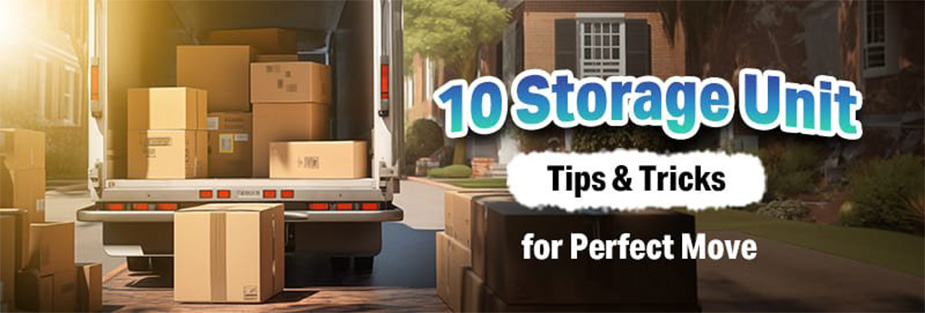
10 Storage Unit Tips and Tricks for Perfect Move
Moving can be adventurous and challenging, but it also necessitates extensive planning and organization in order to ensure a seamless transition. Finding the most suitable storage alternative for all of your belongings is an important part of any successful relocation. Whether you’re downsizing, renovating, or between residences, a container for storage provides a convenient and secure place where you can store your belongings.
In this blog, international relocation we’ll explore 10 storage unit tips and tricks to help you make the most of your storage space and ensure a perfect move. From choosing the right size unit to utilizing vertical storage techniques and maintaining an inventory list, these tips will help you streamline the packing and storing process and keep your belongings safe and accessible during your move. So, let’s dive in and discover how to optimize your storage unit for a stress-free relocation experience.
Make Relocation a Breeze – Step Into a Simpler MoveRelocate To Abu Dhabi?
10 Storage Unit Tips and Tricks for Perfect Move
Choose the Right Size Unit
Before occupying a storage space, consider the needs you have for storage and select the most suitable unit size for all of your belongings. Consider the quantity and size of the items that you are planning to safeguard, as well as any future requirements for storage.
Determine how much room you’ll need in order to prevent concentrating on unused geographic areas. Consider future requirements for storage, but start with the smallest unit in order to keep expenses down. In order to maximize the best use of vertical space, use stackable containers made from plastic.
Optimize Space with Vertical Storage
Vertical storage solutions allow you to take advantage of the best possible use of your storage unit’s space. To take full advantage of available space and make room for additional things like that, stack boxes and furniture vertically.
Contrary to the traditional method of stacking randomly, use floor-to-ceiling shelves and racks to maximize the most of the available wall space. This offers a uniform arrangement with visible identification.
Label Boxes Clearly
Labeling boxes precisely with the contents and destination room will save you time and work when retrieving belongings from your storage facility. Use a permanent marker for labeling each box on numerous sides for easy identification.
Use large, easily readable labels that indicate what is inside and the dates it was wrapped up. Color coding allows equivalent boxes to keep sticking together. Continue with maintaining an exhaustive list with images for easy identification afterward.
Create Aisles for Accessibility
Leave pathways amongst containers and furniture in your storage container to allow for easy access to belongings. This will make it easier to find your way around the unit and get stuff without having to rearrange anything.
Mark spacious channels between storage racks, shelves, and stackable bins using tape. This makes it easier to move carts/trolleys and move inside the unit.
Use Uniform Boxes and Containers
When packing components for storage, make use of the same containers and cartons whenever possible. This will enable you to stack boxes neatly and make use of the available space in your storage unit.
Pack in standardized plastic boxes of the same type and size to ensure stable stacking. Irregular shapes, such as duffel bags, impair stacking equilibrium. Match the lid and base to establish a tight stack.
Protect Furniture and Fragile Items
Make use of household items covers, moving blankets, and bubble wrap for protection to keep furniture and fragile items safe during storage. Covering furniture additionally helps the amount of dirt and dust buildup over time.
Use substantial sheets and wrap them in bubble wrap to safeguard furniture, lamp shades, and things that are delicate from nicks and dust accumulating during storage.
Consider Climate-Controlled Storage
If you’re thereby maintaining fragile belongings like electronic devices, creative work, or musical instruments, you might think about hiring a climate-controlled container for keeping them. Climate control regulates temperature and humidity levels, safeguarding your belongings from adverse conditions of the environment.
Choose from climate-controlled units for things like furniture, technological devices, and artwork in order to guarantee consistent levels of humidity and temperature throughout the year. This controls warping, corrosion, and further erosion.
Utilize Shelving and Racks
Set up organizers and shelves in the place of storage to increase its capacity for storage and keep goods organized. Shelving systems can accommodate packages, storage containers, and various other goods, although storage spaces are perfect for showcasing apparel or equipment for sport.
Install multiple tiers of stainless racks for storage with shelves that can be adjusted for additional vertical storage potential. To allocate more floor space, arrange wheeled carts under racks.
Speak to a Tech Now
Keep Frequently Used Items Accessible
When packing your warehouse container, keep the most frequently utilized products at the front or top for easy access. This is going to save you much effort and time when retrieving merchandise you use frequently.
Set up seasonal products, instruments, and gear in easily accessible locations without unstacking everything above.
Maintain an Inventory List
Maintain an all-encompassing list of the items that are in your storage space so you know what’s contained within and where it is. For long-term accuracy, update the possessions list on a regular basis; merchandise is either added to or removed from the storage unit.
Keep track of every commodity that comes in and out, and maintain stock inventory on an ongoing basis to ensure you know what is stored where.
Conclusion
In a nutshell, using these ten storage unit tips and techniques will considerably enhance the process of moving and ensure that all of your belongings are stored properly and securely. You may accelerate the packing and storing process while minimizing the stress of relocating by selecting the appropriate size unit, using vertical storage methods such as clearly labeling boxes, and keeping an inventory list.
Whether or not you’re temporarily preserving stuff during the process of moving or require long-lasting storage alternatives, the following suggestions can help you make the best possible use of your storage space while keeping your belongings tidy and accessible. By adhering to these suggested changes, you are able to guarantee that the move goes smoothly and have peace of mind, knowing that all of your possessions are safe in your storage unit. So, put the suggestions below to use and make your next move an effortless and hassle-free experience.
Plan Stress-free Move with Top Moving Company in UAE - ISS Relocations

Frequently Asked Questions
How do you pack a storage unit for moving to UAE?
Packing a storage unit for moving to UAE requires strategic organization. Use sturdy boxes, wrap fragile items securely, and place heavier items at the bottom. Label everything clearly for easy retrieval. ISS Relocations offers expert packing and storage solutions, ensuring your belongings are safe and well-organized for international transit.
How do you move a storage container to UAE?
Moving a storage container to UAE involves selecting the right shipping method, securing customs clearance, and ensuring proper packaging for long-distance transport. ISS Relocations provides seamless container shipping services, handling logistics, documentation, and safe delivery to your destination in UAE.
How much stuff can fit in a 10×10 storage unit?
A 10×10 storage unit can typically hold the contents of a one-bedroom apartment, including furniture, boxes, and small appliances. It’s a versatile option for moving and storing personal items. ISS Relocations can assist with properly packing and storing your items to maximize space and ensure everything is securely stored during your relocation.
How do I move things to storage?
To move things into storage, first, organize and pack your items into boxes or containers. Then, consider using a moving company like ISS Relocations to handle the transportation and placement of your items in the storage unit, ensuring that your belongings are packed efficiently and securely.
What do you put on the floor of a storage unit?
It’s recommended to place pallets or wooden boards on the floor of your storage unit to prevent moisture damage and ensure better air circulation. ISS Relocations can help provide tips on preparing and storing your belongings to ensure they remain in good condition.
How do I calculate how much space I need for storage?
To calculate the space needed, take inventory of your items, estimate the number of boxes and furniture pieces, and choose the appropriate size storage unit. ISS Relocations offers assistance with estimating your storage needs and can help with selecting the best option for your move.
How much is a storage unit?
The cost of a storage unit varies depending on the location, size, and amenities. Typically, monthly rates for a 10×10 unit range from $100 to $200. ISS Relocations can help you find affordable storage options and assist with your move and storage logistics.
Moving Company - Recent Blog
Stay informed and prepared for your next move with our latest blogs on moving services in the UAE. From expert packing tips to international relocation guides, ISS Relocations brings you up-to-date insights to make your moving experience smoother, safer, and stress-free.
